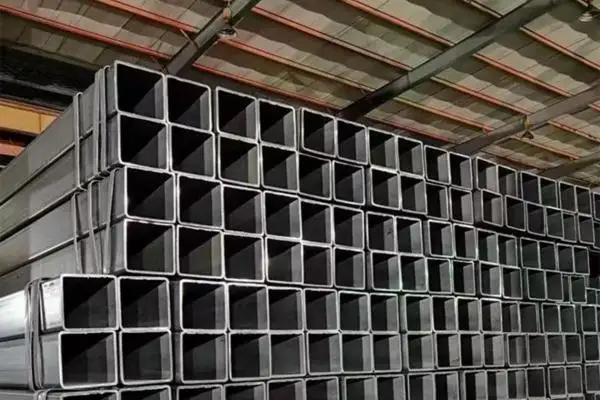The UOE (U-ing, O-ing, Expanding) process is a widely used method for producing LSAW (Longitudinal Submerged Arc Welded) steel pipes. It is known for its high dimensional accuracy, excellent mechanical properties, and strong weld integrity. The core forming stages of UOE pipe production involve three major steps: pre-bending, U-forming, and O-forming. Each stage uses specialized hydraulic presses to gradually shape a flat steel plate into a round pipe with precision and consistency.
Super Steel Manufacturing Co.,Ltd is professional welded steel pipes manufacturer, for more details, please contact:sales@super-steels.com
1. Steel Plate Pre-bending
Before the main forming operations begin, the edges of the steel plate must undergo pre-bending. This step uses a dedicated pre-bending press that applies controlled force along both sides of the steel plate.
The purpose of pre-bending is to slightly curve the edges to prepare them for seamless joining during later stages, minimizing residual stress and ensuring better weld alignment. Proper pre-bending is critical to achieving high-quality seam welding and maintaining the pipe’s final dimensional tolerances.
2. U-Forming
After pre-bending, the steel plate moves to the U-forming press. In this stage, the plate is gradually bent into a "U" shape through precise, sequential pressing operations.
This U-shape creates the initial deep groove needed to transform the flat material into a tubular structure. Uniform pressure control during U-forming is essential to prevent material cracking, wrinkling, or uneven thickness distribution across the cross-section.
3. O-Forming
Following U-forming, the partially shaped steel plate is fed into the O-forming press, where it is further closed into a near-complete circular tube.
During O-forming, the open ends of the U-shaped plate are brought together under high pressure, aligning the edges precisely for subsequent welding. This step requires exact synchronization of mechanical movement and pressing force to ensure minimal gap and perfect edge matching, laying the foundation for a high-strength welded joint.
Additional Processes after Forming
While pre-bending, U-forming, and O-forming complete the basic shape, several critical finishing processes are necessary to finalize UOE LSAW pipe production:
Internal and External Welding
The formed pipe undergoes double-sided submerged arc welding (SAW) along the longitudinal seam to create a high-strength, defect-free joint.
Mechanical Expanding
After welding, mechanical expanders are used to apply radial force, enlarging the pipe slightly to achieve uniform diameter, relieve residual stresses, and improve roundness.
Ultrasonic and Radiographic Testing
Non-destructive testing (NDT) methods, including ultrasonic and X-ray inspection, ensure the integrity of the welds and the pipe body, detecting any internal or surface defects.
Final Sizing and Straightening
Additional shaping and straightening processes refine the pipe dimensions, ensuring compliance with strict industry standards.
Hydrostatic Testing
Each pipe is filled with water and pressurized to check for leaks and verify structural strength under operating conditions.
Surface Treatment
Surface cleaning (blasting) and coating (such as anti-corrosion treatments) are applied according to client specifications or industry requirements.
Summary
The UOE LSAW pipe manufacturing process is a highly engineered sequence of forming, welding, expanding, and testing designed to produce steel pipes of exceptional quality and performance.
Through precise pre-bending, U-forming, and O-forming, flat steel plates are efficiently transformed into durable round pipes ready for demanding applications in industries like oil and gas, offshore engineering, and structural projects.



 English
English Español
Español Français
Français بالعربية
بالعربية





















